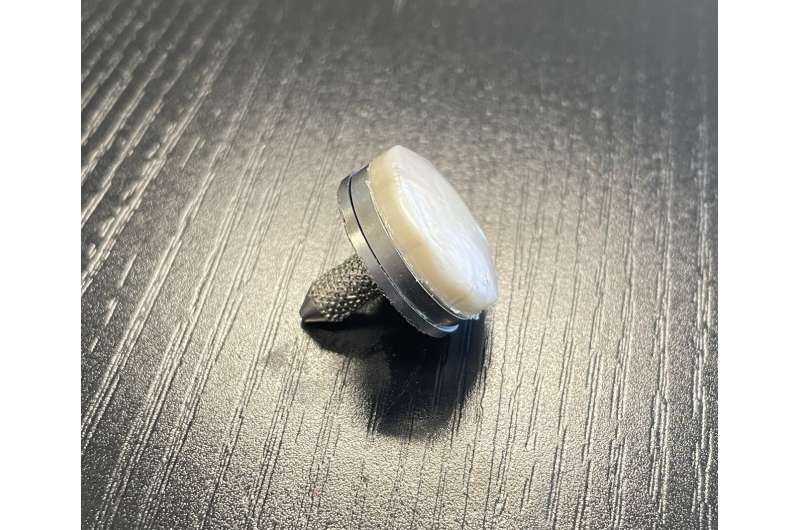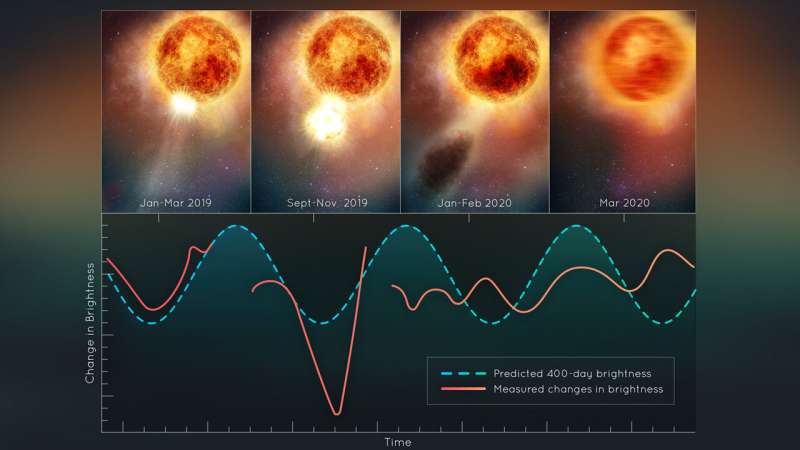Virtually all wind turbines, which produce more than 5 percent of the world’s electricity, are controlled as if they were individual, free-standing units. In fact, the vast majority are part of larger wind farm installations involving dozens or even hundreds of turbines, whose wakes can affect each other.
Now, engineers at MIT and elsewhere have found that, with no need for any new investment in equipment, the energy output of such wind farm installations can be increased by modeling the wind flow of the entire collection of turbines and optimizing the control of individual units accordingly.
The increase in energy output from a given installation may seem modest—it’s about 1.2 percent overall, and 3 percent for optimal wind speeds. But the algorithm can be deployed at any wind farm, and the number of wind farms is rapidly growing to meet accelerated climate goals. If that 1.2 percent energy increase were applied to all the world’s existing wind farms, it would be the equivalent of adding more than 3,600 new wind turbines, or enough to power about 3 million homes, and a total gain to power producers of almost a billion dollars per year, the researchers say. And all of this for essentially no cost.
[…]
“Essentially all existing utility-scale turbines are controlled ‘greedily’ and independently,” says Howland. The term “greedily,” he explains, refers to the fact that they are controlled to maximize only their own power production, as if they were isolated units with no detrimental impact on neighboring turbines.
But in the real world, turbines are deliberately spaced close together in wind farms to achieve economic benefits related to land use (on- or offshore) and to infrastructure such as access roads and transmission lines. This proximity means that turbines are often strongly affected by the turbulent wakes produced by others that are upwind from them—a factor that individual turbine-control systems do not currently take into account.
[…]
a new flow model which predicts the power production of each turbine in the farm depending on the incident winds in the atmosphere and the control strategy of each turbine. While based on flow-physics, the model learns from operational wind farm data to reduce predictive error and uncertainty. Without changing anything about the physical turbine locations and hardware systems of existing wind farms, they have used the physics-based, data-assisted modeling of the flow within the wind farm and the resulting power production of each turbine, given different wind conditions, to find the optimal orientation for each turbine at a given moment. This allows them to maximize the output from the whole farm, not just the individual turbines.
[…]
In a months-long experiment in a real utility-scale wind farm in India, the predictive model was first validated by testing a wide range of yaw orientation strategies, most of which were intentionally suboptimal. By testing many control strategies, including suboptimal ones, in both the real farm and the model, the researchers could identify the true optimal strategy. Importantly, the model was able to predict the farm power production and the optimal control strategy for most wind conditions tested, giving confidence that the predictions of the model would track the true optimal operational strategy for the farm. This enables the use of the model to design the optimal control strategies for new wind conditions and new wind farms without needing to perform fresh calculations from scratch.
Then, a second months-long experiment at the same farm, which implemented only the optimal control predictions from the model, proved that the algorithm’s real-world effects could match the overall energy improvements seen in simulations. Averaged over the entire test period, the system achieved a 1.2 percent increase in energy output at all wind speeds, and a 3 percent increase at speeds between 6 and 8 meters per second (about 13 to 18 miles per hour).
[…]





